You barely notice it — until it’s holding your morning coffee, catching your book as you doze off, or displaying the candle that makes the room smell like home. A good side table doesn’t scream for attention — but you feel it when it’s not there.
Side tables may be small, but their presence can shift the entire rhythm of a space. The right one brings harmony, adds ease, and subtly completes the look of your interior. Here's how to choose a piece that works beautifully with both your style and your life.
1. Start With Its Job
Before you fall for a shape or finish, ask yourself: What do I want this table to do?
-
Will it hold a coffee cup and remote control?
-
Does it need to support a lamp?
-
Is it purely decorative — or do you want it to have storage?
If it’s for a living room, you might want something sturdy and accessible beside a sofa. In a bedroom, a table that doubles as a nightstand may suit you better. In an entryway, maybe all you need is a slim surface to catch keys and mail.
Form follows function — always.
2. Get the Height Right
A table that’s too tall or too short throws off the balance. As a rule of thumb:
-
For sofas or chairs: your table should be within 5 cm (2 inches) of the arm height — either slightly above or below.
-
For beds: align the table with the top of your mattress, or a touch lower.
Comfort and visual flow matter. A table at the right height feels intuitive — and that’s the goal.
3. Style It to Match — or Intentionally Contrast
Your side table doesn’t need to match your coffee table or sofa — but it should feel related.
-
In a minimalist or Scandinavian interior, look for clean shapes and natural materials like solid oak.
-
In more eclectic spaces, you might pair wood with black metal, or mix curved lines with sharper edges.
Contrast can be good — just be sure to create a visual connection through material, tone, or proportion.
4. Choose the Right Surface Size
Small doesn’t mean impractical. Think about what needs to live on the table:
-
A diameter of 30–40 cm is usually enough for a mug, a small book, and a candle or plant.
-
If you love flexibility, consider nesting tables — you can slide them apart or tuck them away.
Also important: the space around the table. It should be easy to move past without bumping into it.
5. Pick a Table That Lasts
Your side table may hold your coffee, but it also holds your everyday routines. Choose quality.
Solid oak is a favorite for good reason — it’s warm, strong, and ages beautifully. At Varbros, we finish ours with a natural oil-wax blend to enhance durability while keeping the feel of real wood.
Skip the mass-produced MDF. A table should feel solid, not shaky. Reliable, not disposable.
6. Make It Yours
Once it’s in place, style it with care:
-
A lamp and a few books tell a story of quiet evenings.
-
A small plant or textured bowl adds softness.
-
A framed photo or favorite object brings a personal touch.
Side tables don’t need to be loud — they just need to reflect how you live.
A well-chosen side table brings both purpose and personality to your space. It’s a resting spot, a supporting role, a finishing touch. Whether you’re decorating your first apartment or refining a long-loved home, let your side table do what it does best: quietly make everything feel more complete.


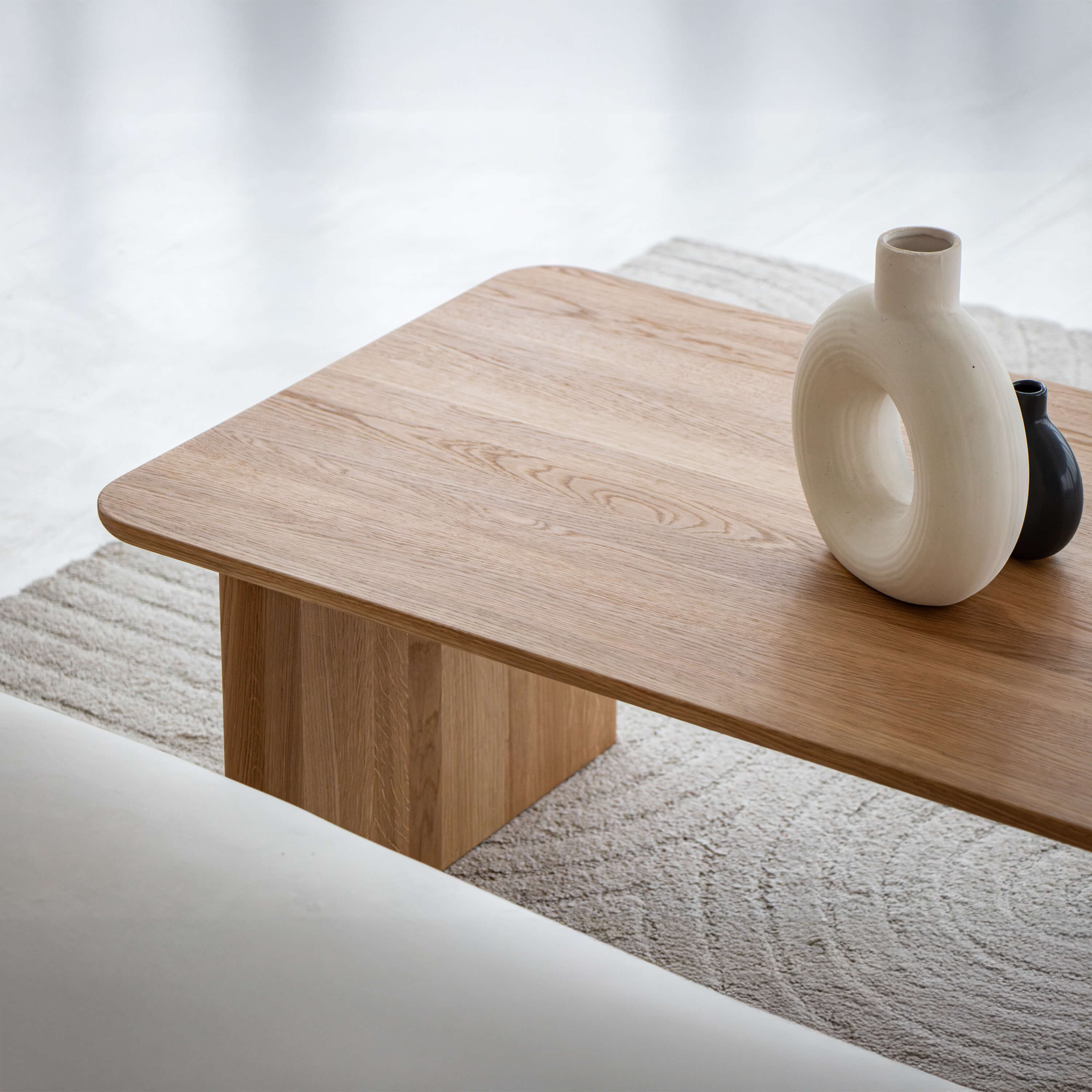
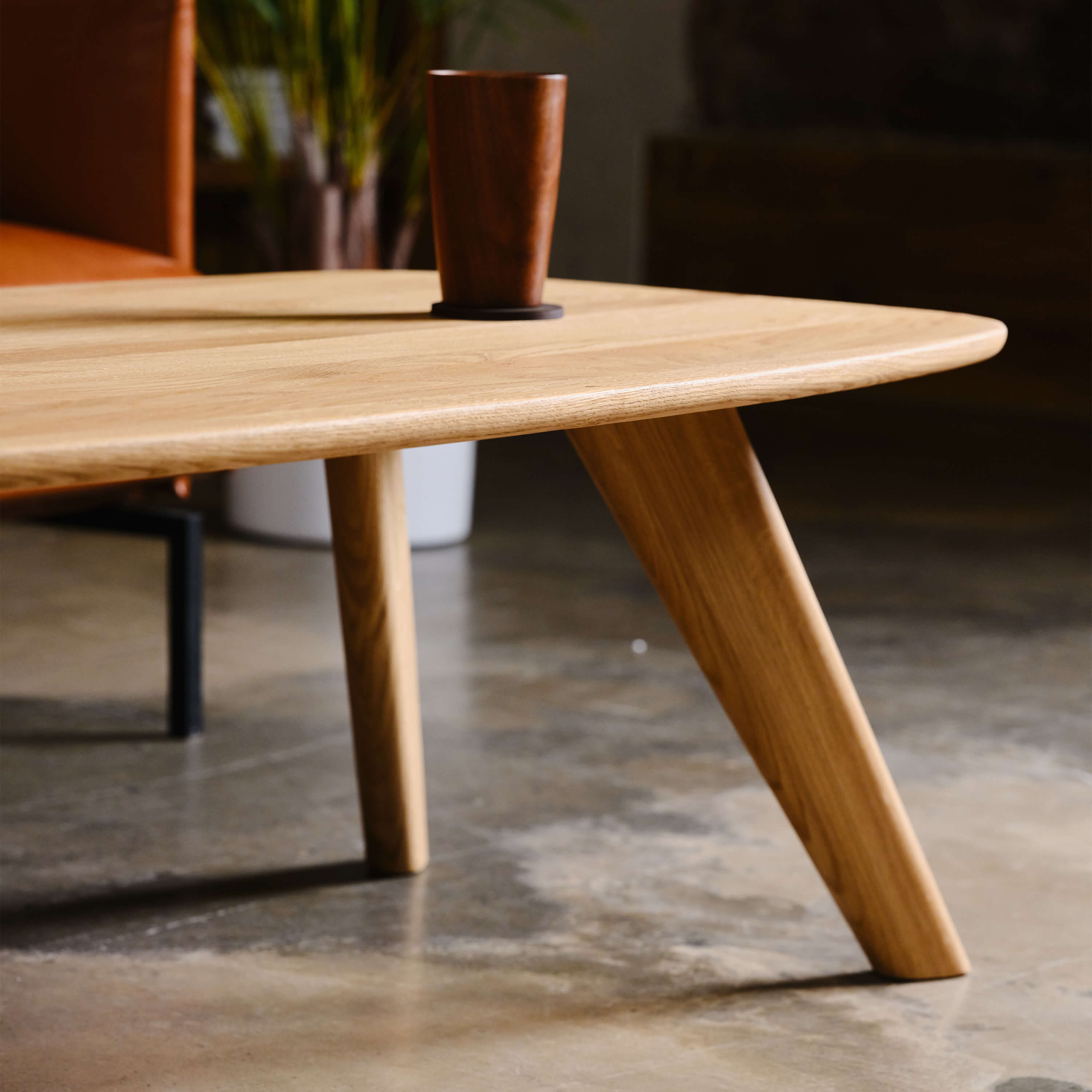
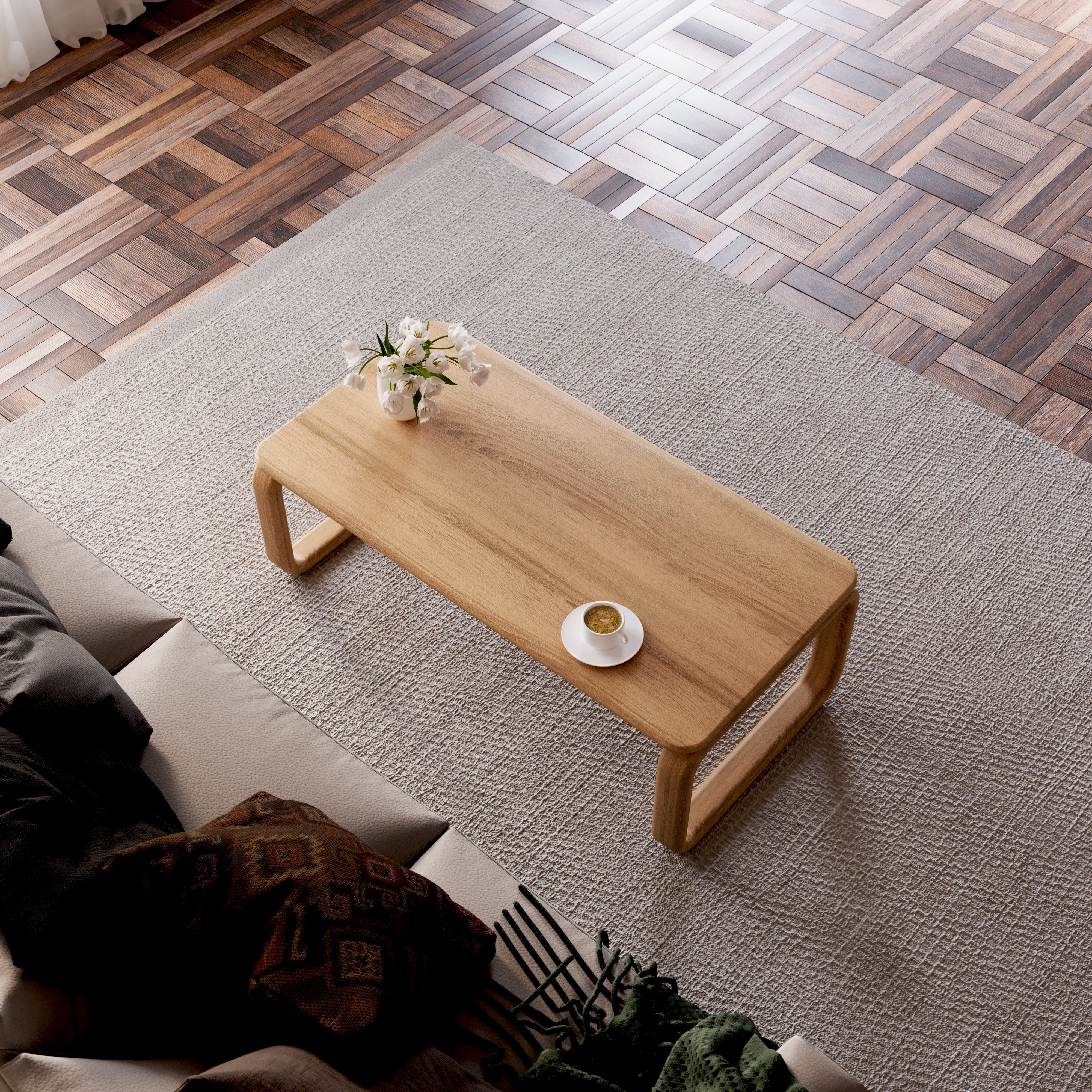

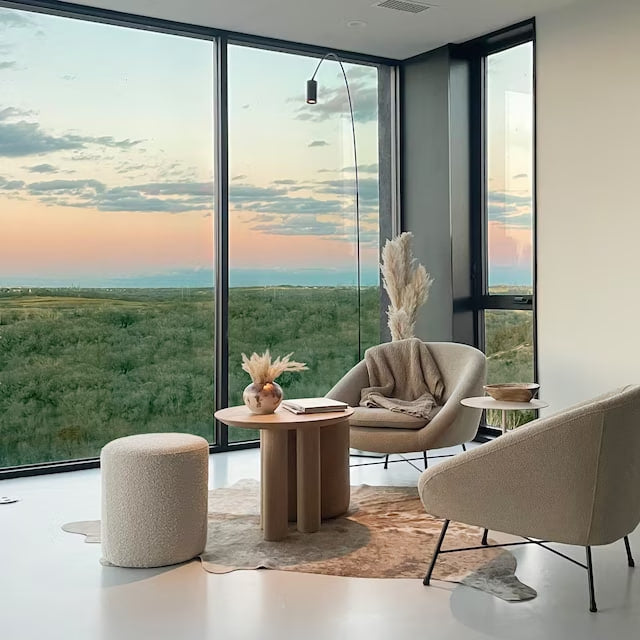
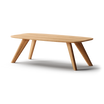
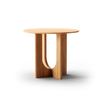
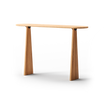
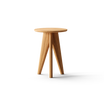



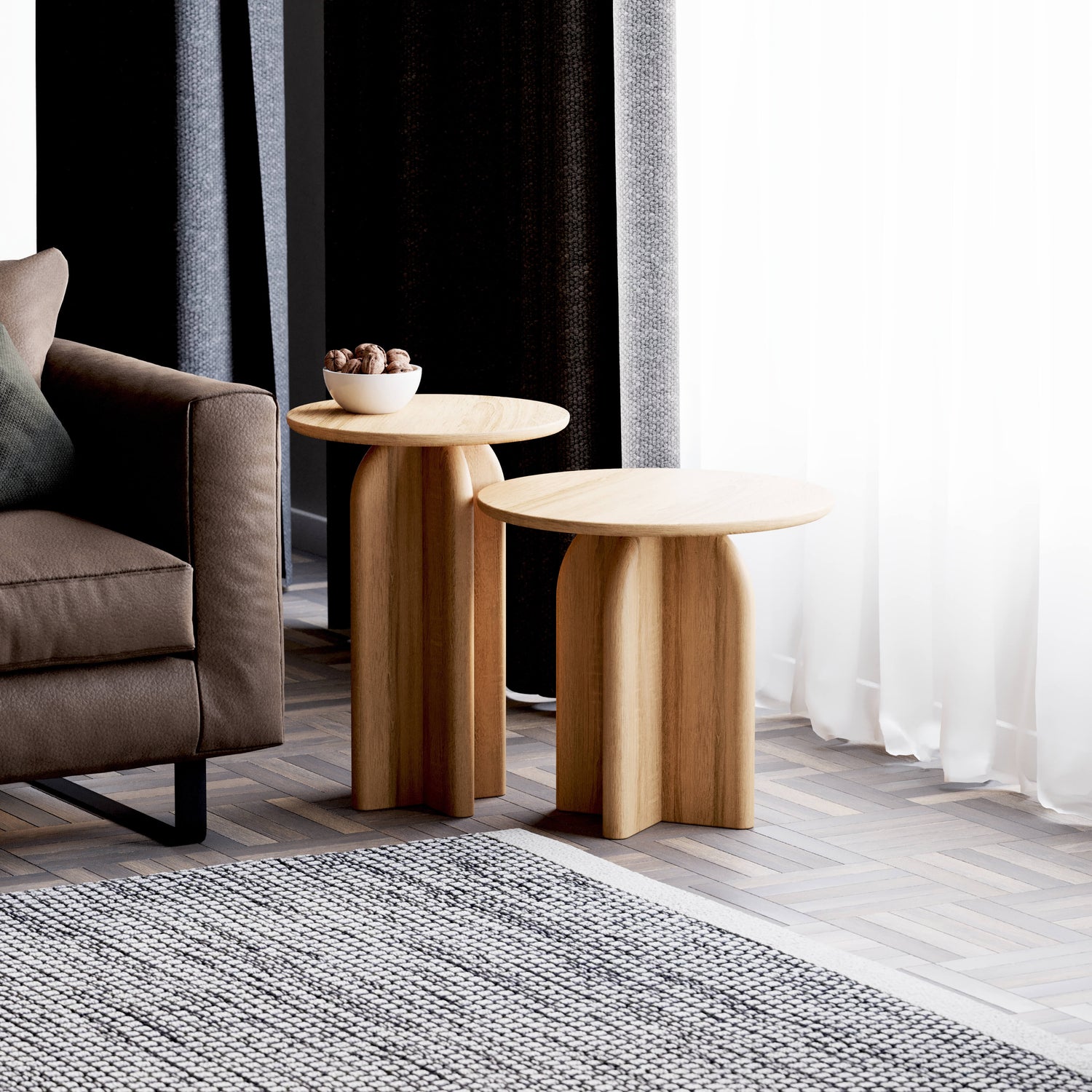

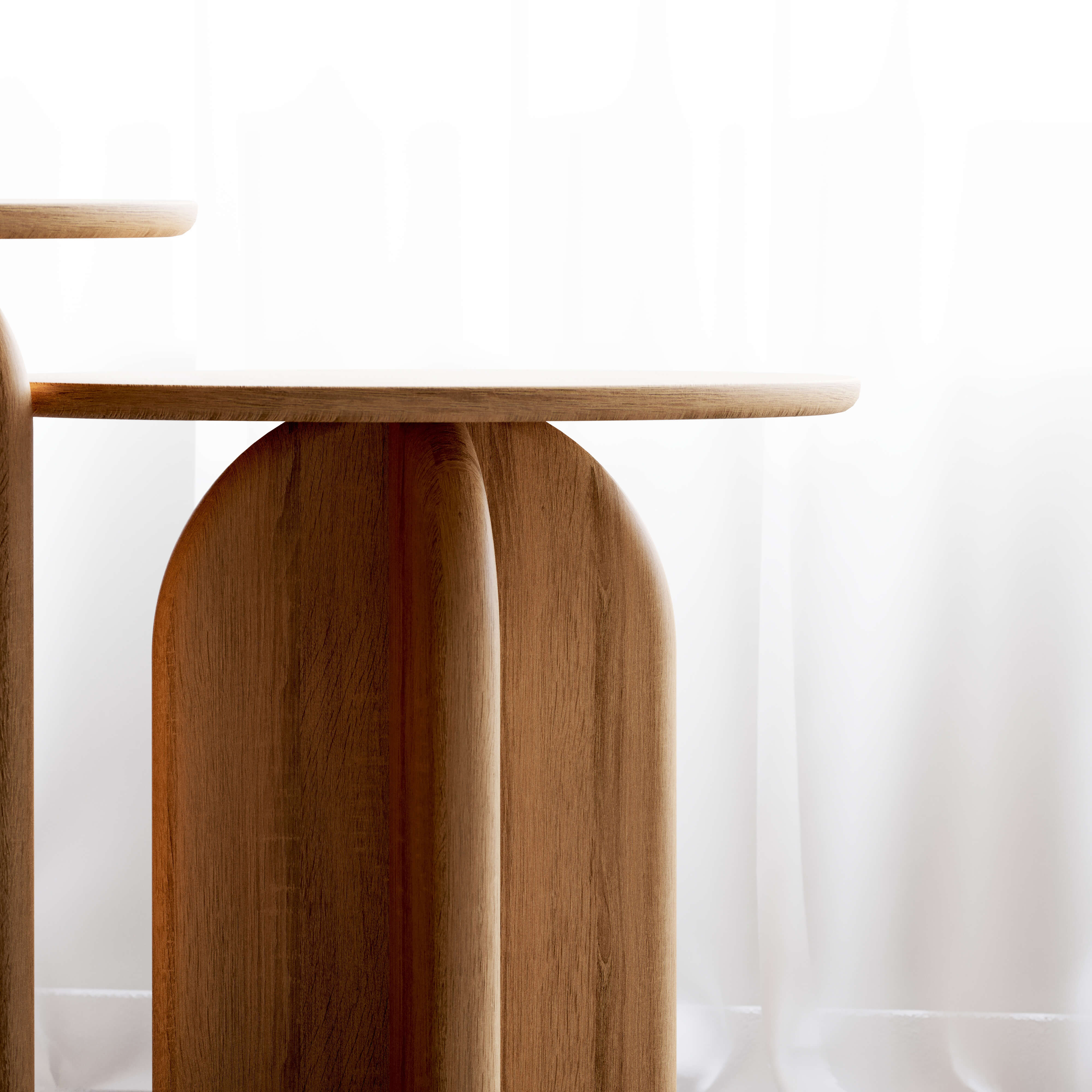



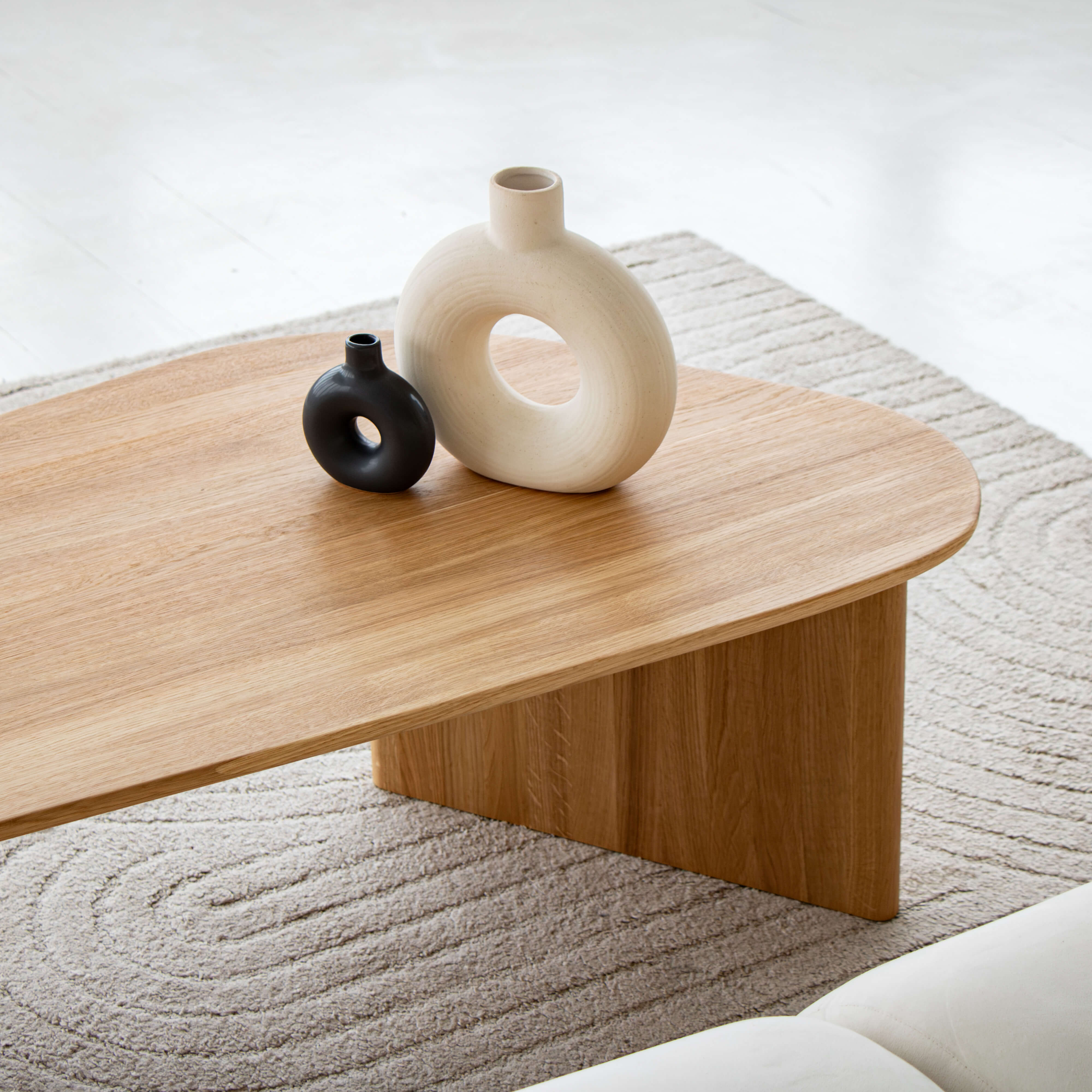
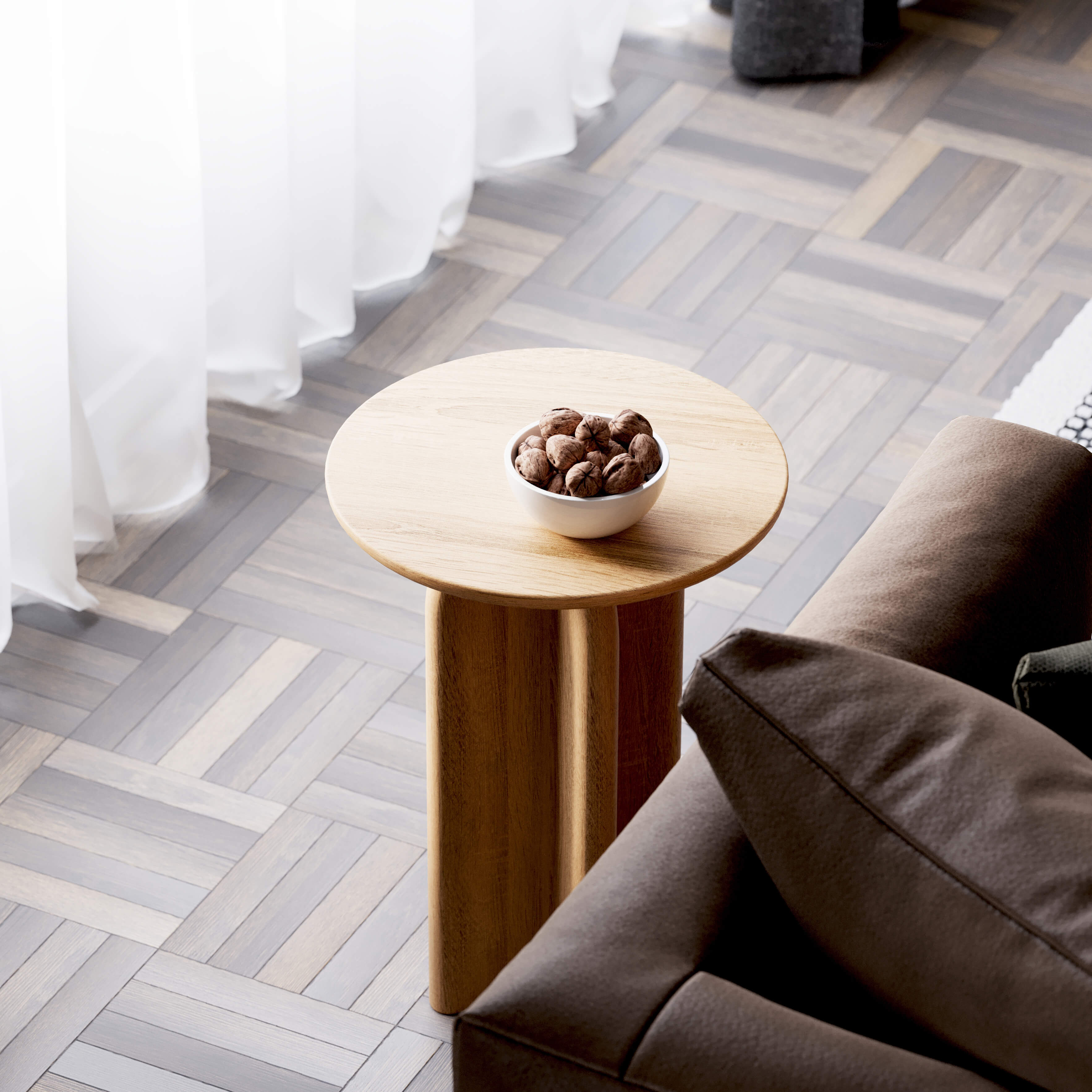
Leave a comment
This site is protected by hCaptcha and the hCaptcha Privacy Policy and Terms of Service apply.